Affiliate links on Android Authority may earn us a commission. Learn more.
History of the phablet
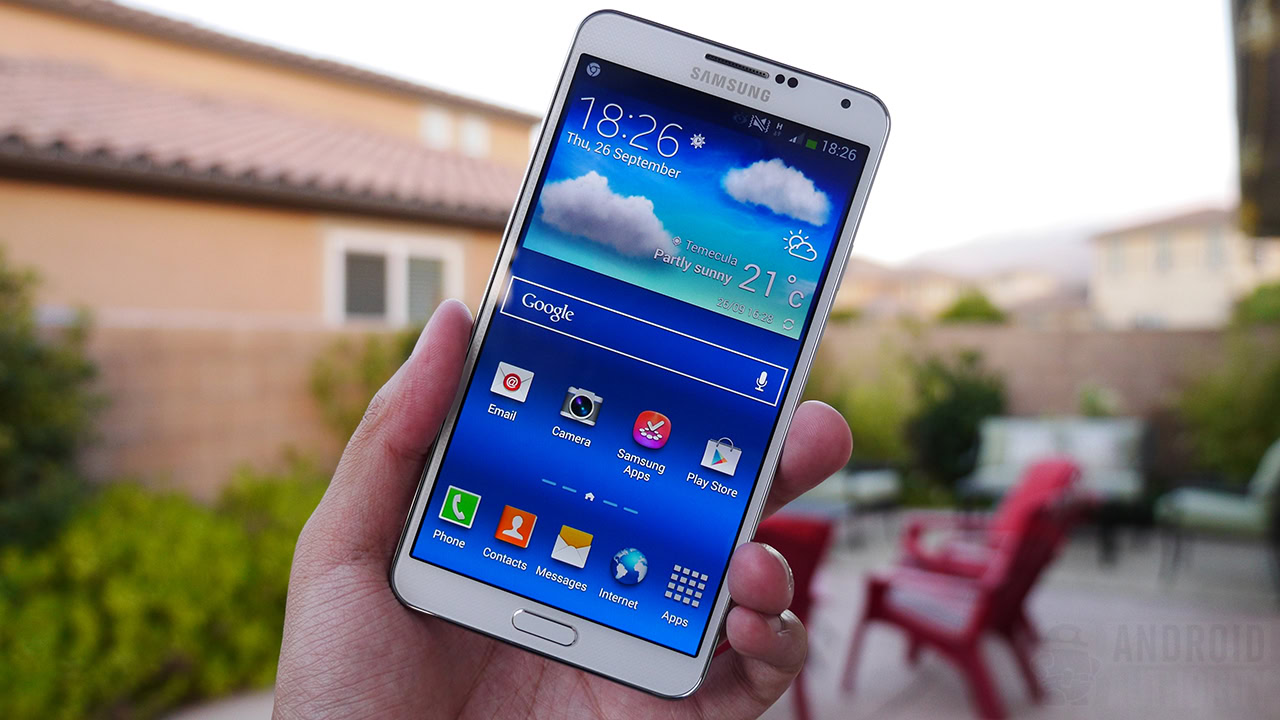
Ever since smartphones first appeared on the market there’s been a general trend towards larger screens. At the same time, tablets have been shrinking. Eventually the two met in the middle, and a fusion of “phone” and “tablet” led to the unholy birth of the widely derided term “phablet”. It may have the unpleasant whiff of “Brangelina”, and people generally agree it’s a word we should never use, but it does serve a purpose.
What is a phablet?
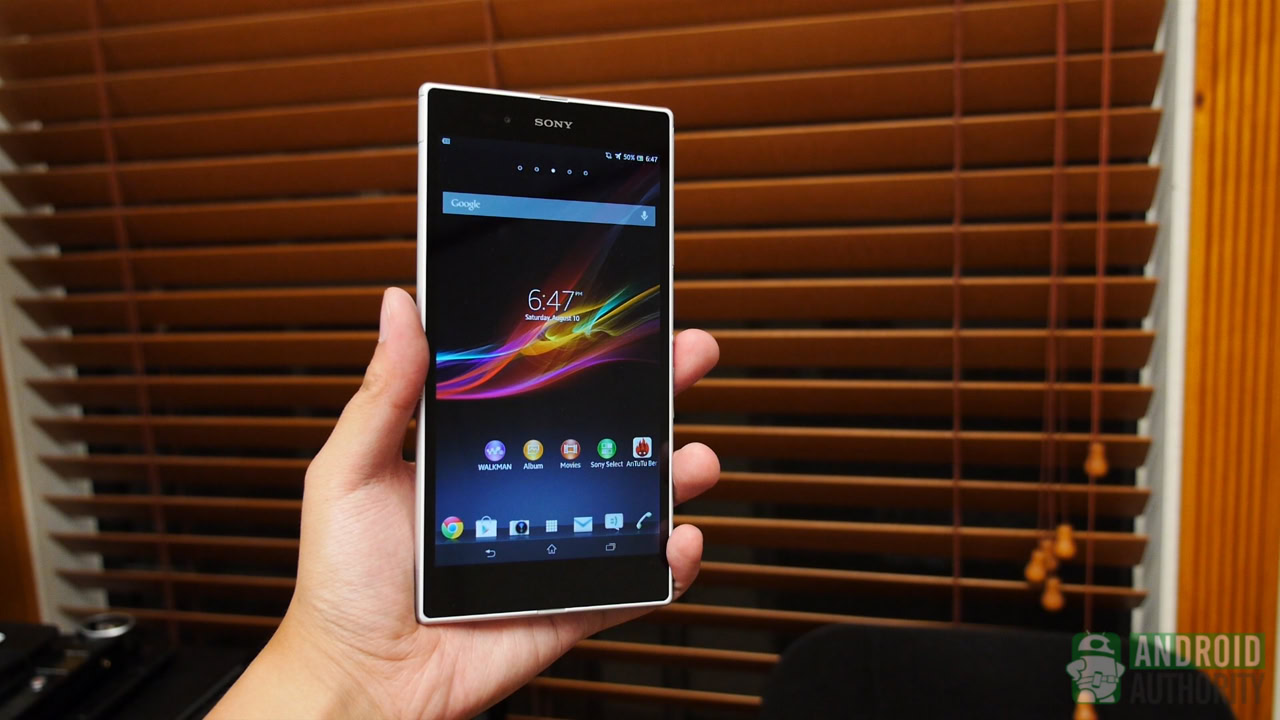
Phablets are recognized as devices with a screen between 5 inches and 7 inches in size. A lot of smartphones are heading into this territory now, take the Galaxy S4 for example. But there’s more to phablets than the inches that define them. A true phablet combines phone and tablet features and can serve as a replacement for both devices. HTCwas at pains to point this out when it released the 5-inch screen-toting Droid DNA last year. Still, design director Jonah Becker made a point of of saying, “Don’t call it a phablet, it’s a smartphone.”
Who is to blame?
Cast your eye over the chart above, taken from Google Trends, and you’ll see the search term “phablet” began to gain real interest in January 2012. It has generally been associated with the surprise success of Samsung’s original Galaxy Note, first unveiled in September 2011. But references to the term go further back than that. Tech journalist Ian Scales used the word phablet to describe the Dell Streak in a Telecom TV article back in 2010. But on Twitter, Dan Warren of GSMA claims that it was him who first coined the term. Regardless of who said it first, it definitely came after the form factor.
Phablets through the ages
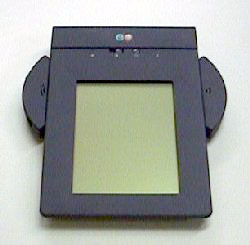
Fast forward to 2007, and the HTCAdvantage hit the scene. The device, running on Windows Mobile, could probably lay claim to being the first proper phablet. But at $900, it was a heavy purchase, and we mean that literally and figuratively, it weighed almost a pound.
The 2010 Dell Streak was probably the first device to actually be called a phablet, but it failed miserably on every count. It was laggy, with its 1GHz processor, and the OS was out of date (Android 1.6 when it should have been 2.2). Thus, Dell proved that expertise in the computing market doesn’t necessarily translate to the smartphone market.
Not long after, the first truly successful phablet was introduced. The Samsung Galaxy Note came storming through the gates in October 2011. So successful, it has already spawned two successors, and it’s not done yet. Just last month Samsung president, J.K. Shin revealed Samsung has sold over 38 million Galaxy Note devices in the last two years. Shin says he expects the newly released Galaxy Note 3 to sell at least 10 million.
Anything you can do, we can do better
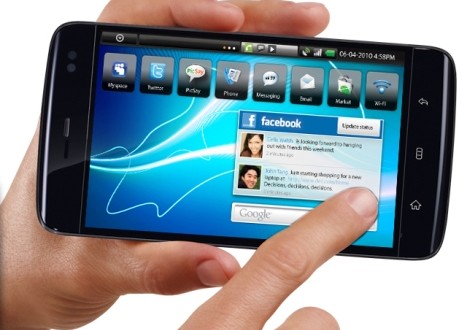
So why did the Note succeed while the Streak failed? Samsung did it bigger and better with a 5.3-inch Super AMOLED display, a dual-core 1.4GHz processor, and Android 2.3 (later updated to 4.0 and then 4.1). Samsung also took the unfashionable stylus and gave it a spin with the S Pen, which really enabled the Note to live up to its name.
In the aftermath of the Galaxy Note, LG has been the only other major player to tackle this form factor with the incredibly square LG Optimus Vu (called the Intuition on Verizon). Released in August 2012, it was a total flop, but that didn’t stop the company from following up with the Vu 2, and now the Vu 3.
Other providers are also trying to get in on the action. This year we’ve seen Sony and HUAWEI come out with the Xperia Z Ultra and the Ascend Mate. Of course, Samsung’s biggest competitor is probably Samsung, as the South Korean giant adopts its usual blunderbuss approach to the market, trying to hit every possible form factor with two versions of the Galaxy Mega.
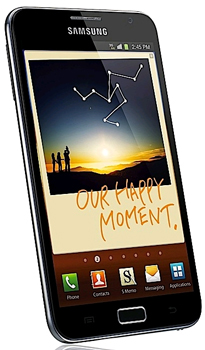
Conquering a skeptical press
The Galaxy Note sold pretty steadily from the start, shifting over a million units in the first couple months. But the tech press was not won over. Criticism was plentiful, with most of it focusing on the fact that it was embarrassing to hold a giant phone up to your face to make a call.
Walt Mossberg at AllThingsD said, “You look like you’re talking into a piece of toast.” BGR‘s headline read, “Samsung’s Galaxy Note is the most useless phone I’ve used.” Even Wired described it as “Comically huge to the point of shame.”
Even the Note’s stylus was ridiculed. Isaacson’s biography of Jobs quotes him as saying, “God gave us 10 styluses—let’s not invent another.”
Overall, the early consensus was, the Galaxy Note would be a niche device with limited appeal.
As it became clear that the Galaxy Note actually had quite a wide appeal, that people were prepared to use Bluetooth headsets for calls, and that the sequel was going to be even more popular, the tech press surrendered its skepticism and accepted that the form factor is here to stay.
The about-face was nicely summed in an updated review by Tech Radar. “Let’s just say we were more than just a little wrong. This device went on to ship by the truckload for Samsung – adopted by both serious geeks (the people we originally expected to take it to their hearts) and your average punter.”
Can you do any better?
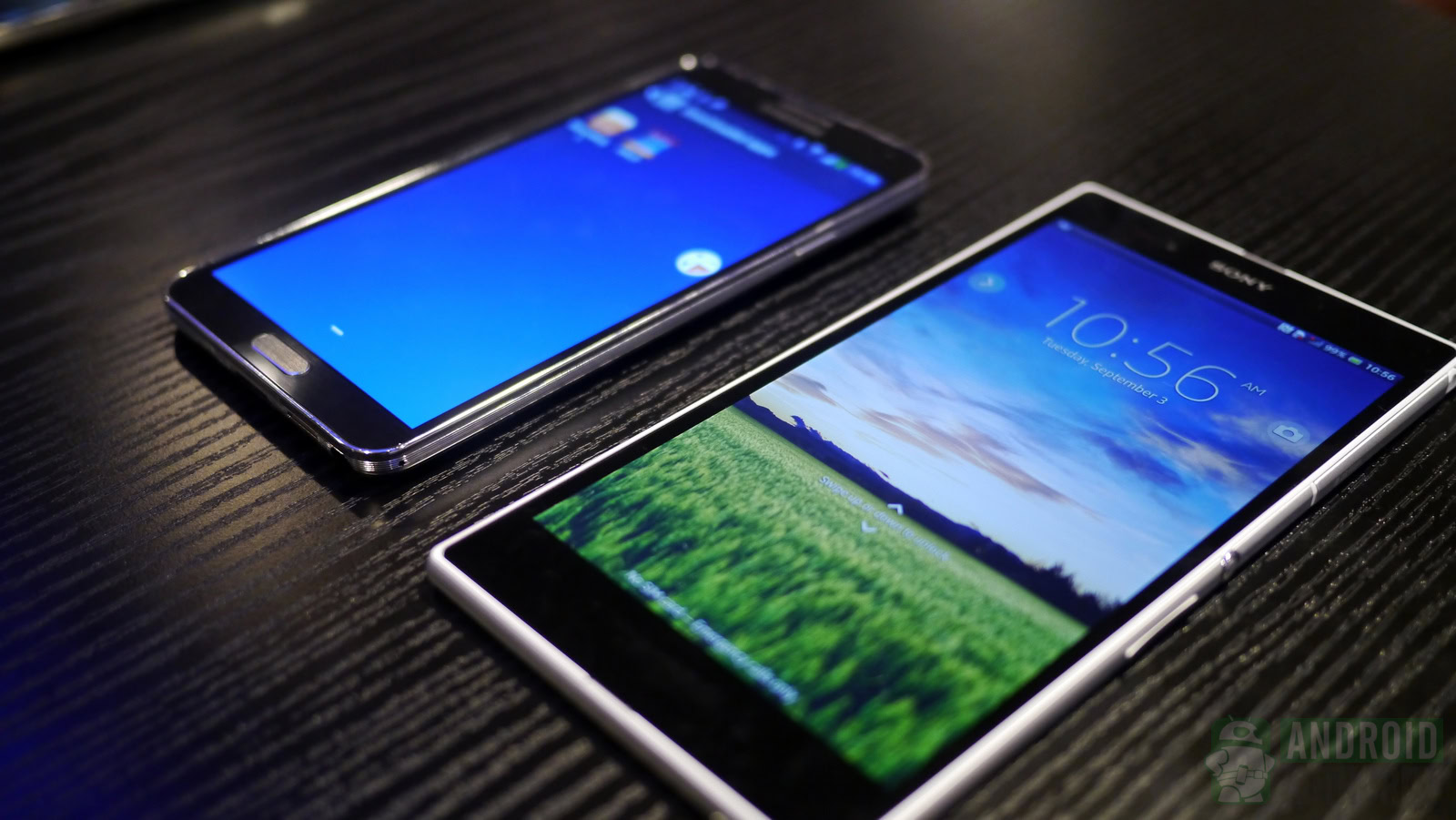
There’s little doubt the form factor has caught on, but sadly the word has too. ‘Phablet’ is regularly used across the press and has even forced its way into the online Oxford Dictionaries. Other recent inductees include “twerk” and “selfie”. So what does that mean for you? It is officially possible to use your phablet, to take a selfie while twerking, and the grammar police cannot stop you.
If you’ve finished being sick, put forth your own replacement word for phablet in the comments below. ‘Small tablet’ or ‘big smartphone’ isn’t going to cut it. What nails this device bracket for you? Here are a few suggestions to get you started… tablone, smarblet, jumbocell, megaphone…ah forget it.
[poll id=”390″]